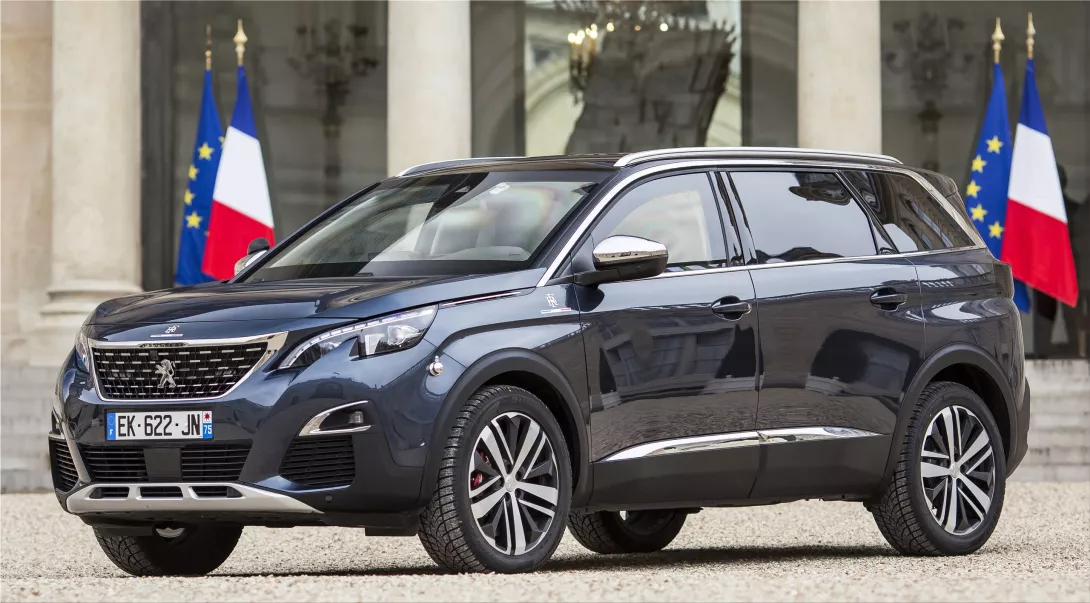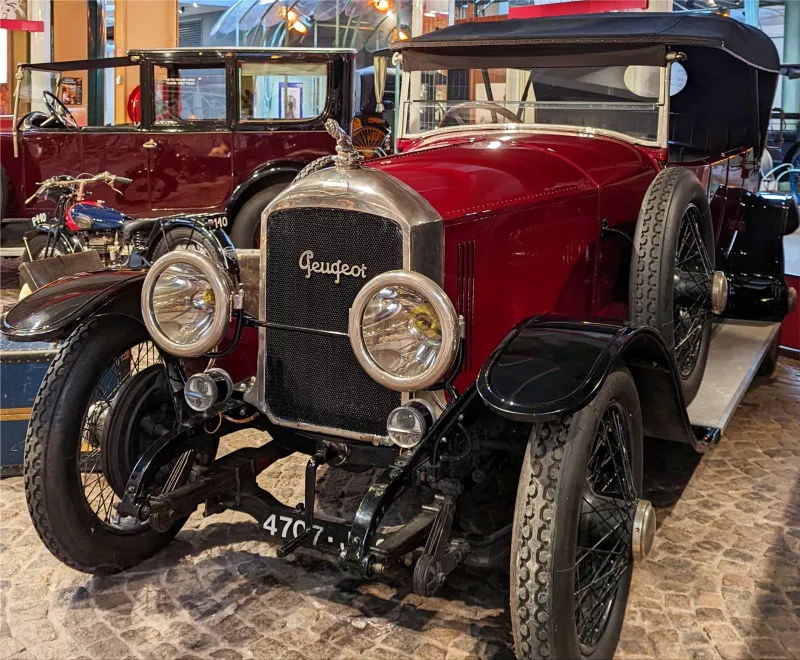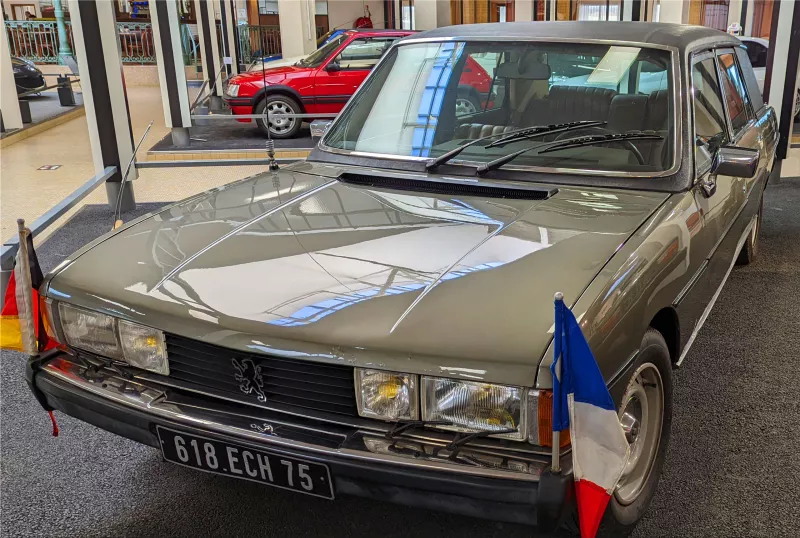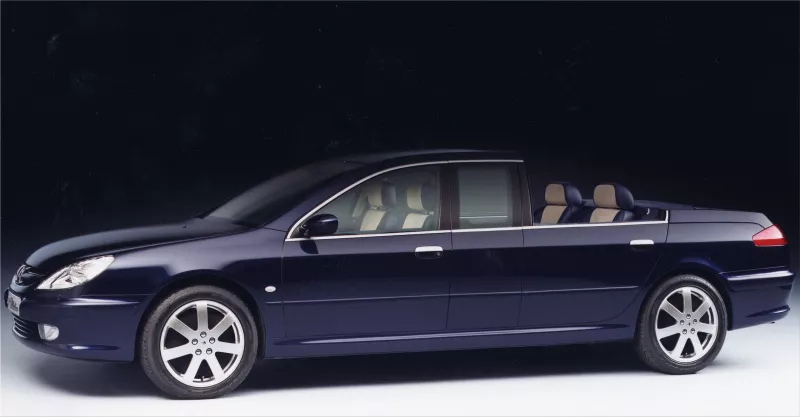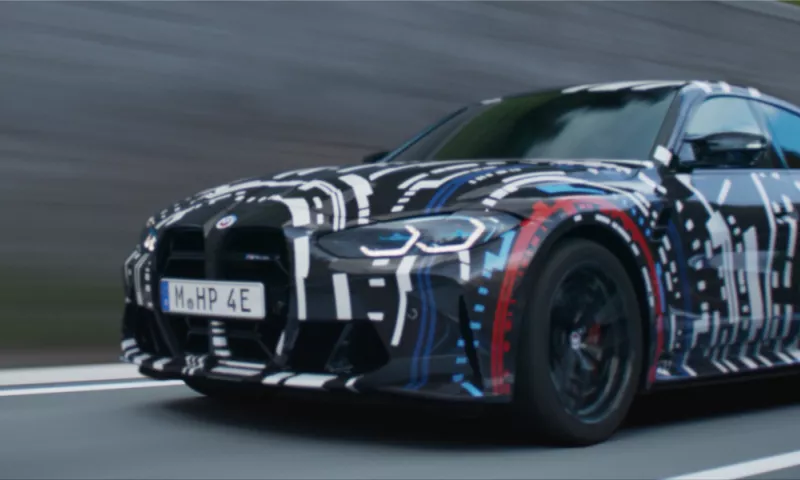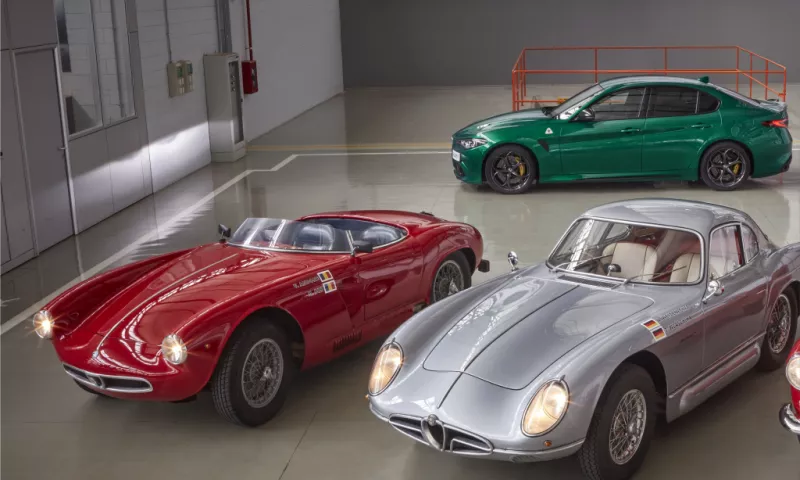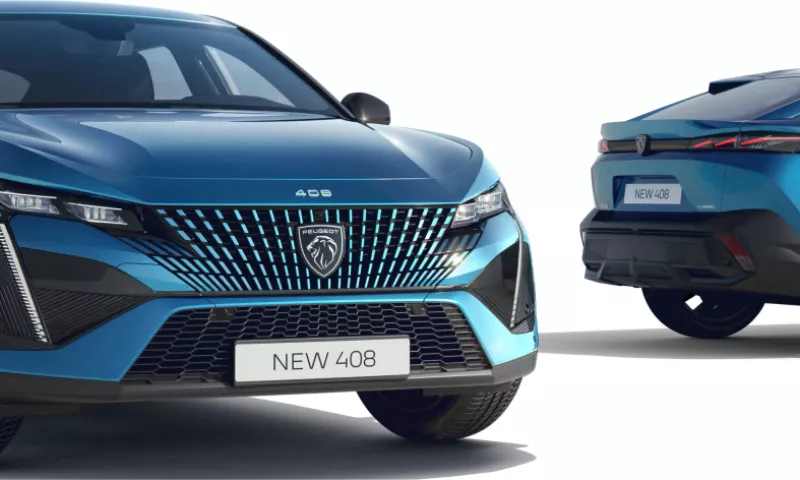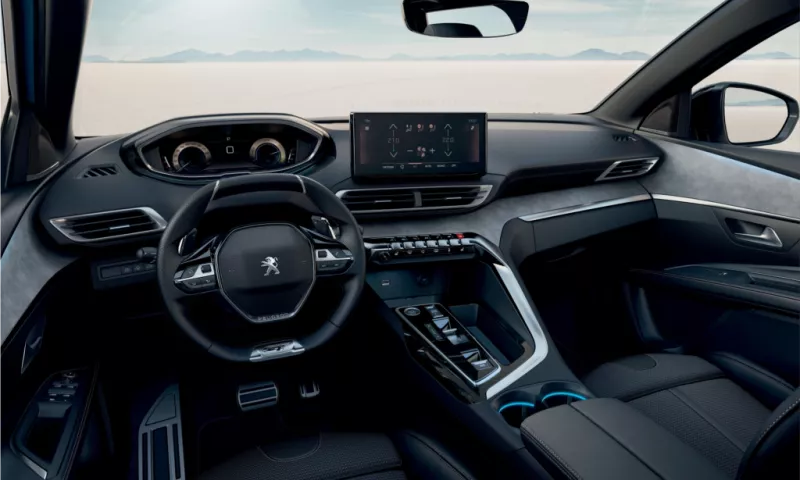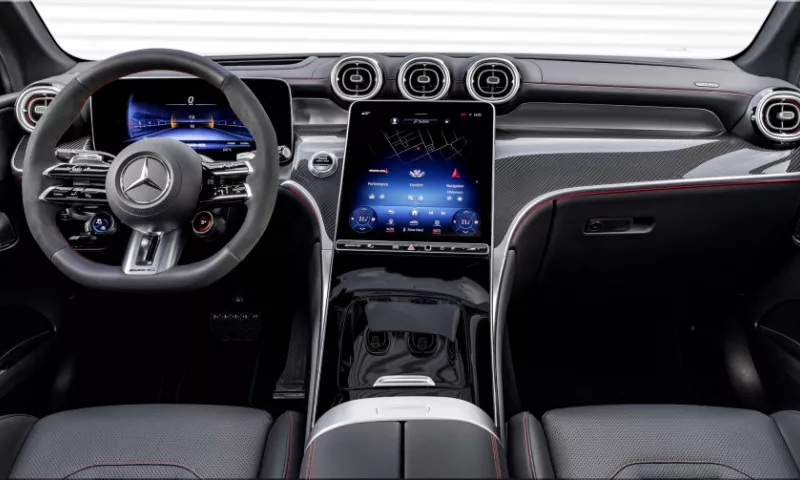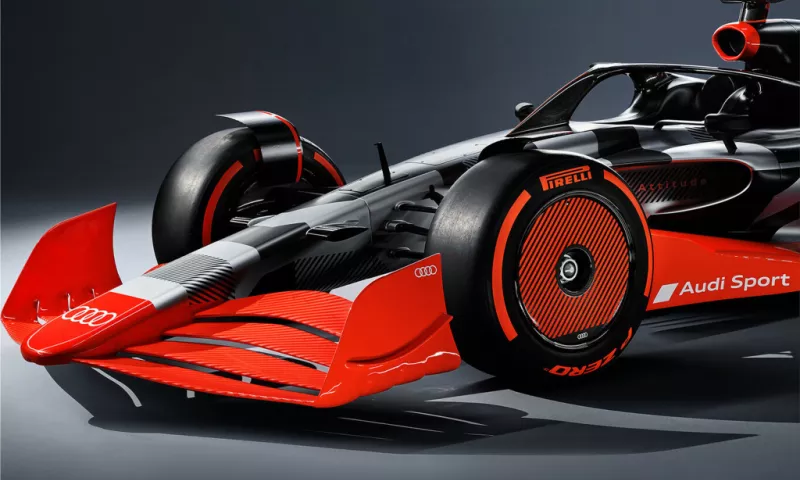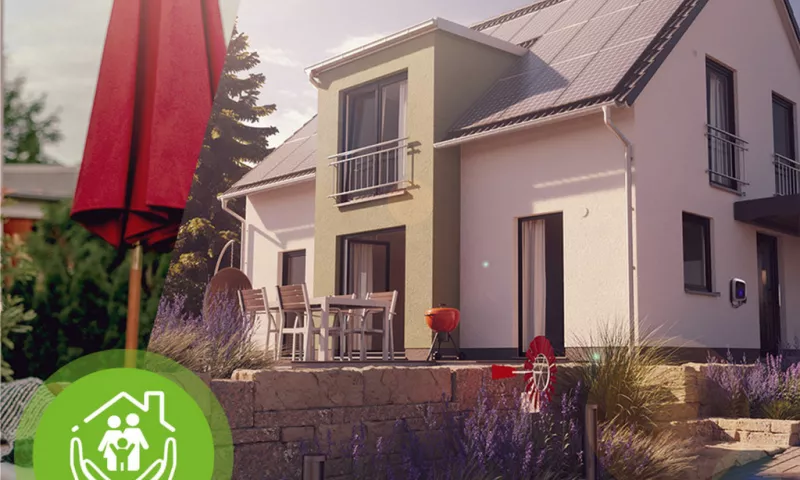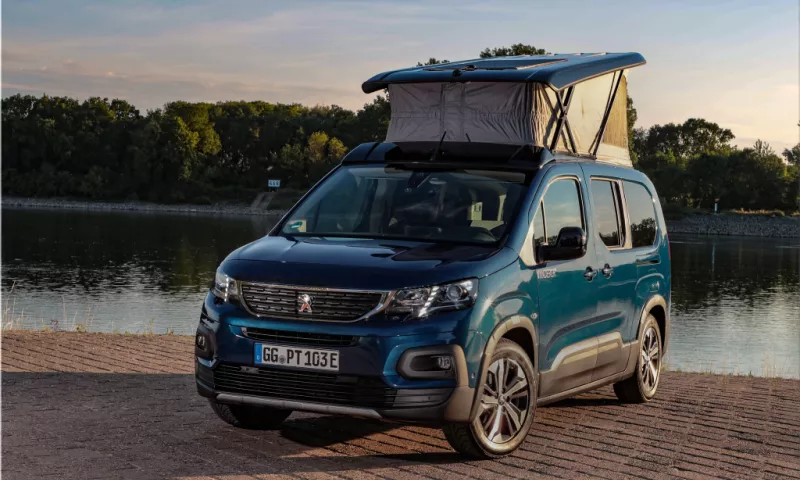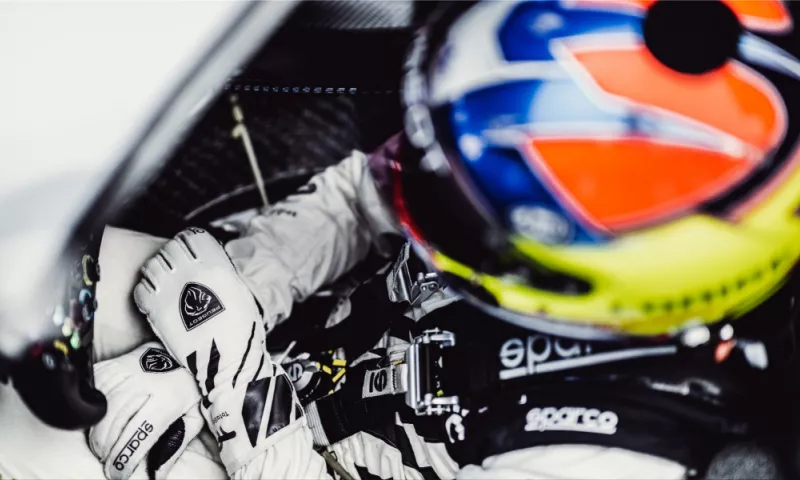The French president's car is more than just transportation; it serves as a symbol, a means of communication, and a shield. Peugeot has been one of the Elysée Palace's preferred vendors for fifty years. There has been a long history of presidential automobiles, starting in the 1920s with Valéry Giscard d'Estaing's Peugeot 604 and continuing with Emmanuel Macron's Peugeot 5008.
In a Peugeot 5008, driven by French President Emmanuel Macron on July 14, 2017, we see the latest model in the history of presidential vehicles. During his five-year term, he never abandoned this framework. The details of the car are being kept secret by the Presidency of the Republic on the grounds of national security. What is known, however, is that Centigon, a Breton specialist company, was entrusted with the armoring of the Peugeot 5008. Production of the vehicle took place at a plant in Rennes, France. Details on the location of the rear seats, turn signals, and grille is scant. The presidential car only had two seats, but each was fitted with its unique center console.
The 1920s mark the beginning of Peugeot's and the French Republic's rich history. In 1921, after being elected the third president of the Republic on September 23, 1920, Alexandre Millerand began using a Peugeot Type 156 as his official vehicle. The lion brand's flagship model was made for the first time in Sochaux, France. It had a 5,954 cm3 (18 kW) inline-6 cylinder engine with 25 hp.
An avid supporter of the French automaker, Peugeot was elected president of France more than 50 years later. While in office, Valéry Giscard d'Estaing installed a Peugeot in the Elysée Palace in 1975. The Peugeot 604 was introduced as the new flagship model that same year. A president who looked to the future also asked for moss green to be added as a new color.
Four Peugeot 604s were purchased during the Elysée Palace's seven-year existence. Three of them were production vehicles, with the president personally driving one. These were the top-tier SL cars, powered by a 2.6-liter V6 engine producing 100 kW (136 hp). For more formal events, there was a Peugeot 604 limousine. It was made in conjunction with the Heuliez coachwork firm and had a larger wheelbase (perfect for comfortable back seats) and a black roof.
In 1991, a Peugeot 605 was added to the Elysée Palace's fleet of vehicles. The Breton company of Labbé, which evolved into Centigon, enlarged and fortified this. Ultimately, Centigon got the Peugeot 5008 ready for the presidential elections. Its V6 engine produced 170 horsepower, and it had high-strength steel bodywork, bulletproof glass, and polycarbonate windows. For comparison, the base model Peugeot 605 V6 weighs 2,000 kg, making the total payload 2,500 kg. People like Mikhail Gorbachev, Hosni Mubarak, and Pope John Paul II would use this limousine on their trips to France.
Jacques Chirac frequently rode in the Peugeot 607, a vehicle owned by the French Presidency, throughout his 12 years in office. The first lady of France drove a red 1984 Peugeot 205 SR around the streets of Corrèze, and this vehicle was the object of the French people's admiration.
The most impressive and fleeting presidential car of the Fifth French Republic was the Peugeot 607 Paladine. Nicolas Sarkozy's team in 2007 was searching for a vehicle that would represent progress and modernity when the new president rode down the Champs Elysées on his inauguration day. The Peugeot 607 Paladine concept car, shown at the 2000 Geneva Motor Show, served as the definitive source of motivation. A vehicle longer than 5 meters, this odd type was built by the Heuliez bodywork firm for Peugeot. This one was transformed into a landaulet by adding a back glass roof that could be retracted. Hermès, a renowned upholsterer, did a magnificent job of finishing the interior with striking blue and cream leather, a bar, and other opulent touches.
On May 16, 2007, the Peugeot 607 Paladine was taken from the Peugeot Museum and shown on the Champs Elysées at the request of Nicolas Sarkozy's team. The vehicle's basic Peugeot 607 charm was preserved despite extensive upgrades. With the roof retracted, the presidential car's fuel tank capacity dropped from 20 to just 6 liters. What was not an issue for a concept car became one when put to actual use: the vehicle was not energy efficient because of its weight. As a result, the Peugeot 607 Paladine will no longer be used.
The protocol specifies in great detail what "decoration" means for the president's motorcade vehicle. Whenever the president of the Republic travels in a car for an official event, a French flag is displayed on the right front of the car, at the door used by the head of state to enter and exit the vehicle. Any time the President of France is accompanied by another Head of State or Government, the host country's flag is placed on the front left of the car, both when entering and leaving. Up until the 1970s, the Elysée Palace reserved license plate numbers 1PR75 through 5PR75 exclusively for the use of the president's car. The license plate 1PR75 has been linked to multiple vehicles. The president's cars now have conventional license plates issued in numerical order by the DMV, so this practice has been put to rest.
When the president leaves, what happens to his cars?
That's because there are no guidelines to follow. They keep some in the Elysée Palace fleet and sell or give the others to museums. Among the vehicles housed at the Peugeot Adventure Museum in Sochaux are the Type 156 driven by Millerand; the Peugeot 604 sedan driven by Giscard d'Estaing; the Peugeot 605 sedan driven by Mitterrand; and the Peugeot 607 Paladine sedan used by Mitterrand.

